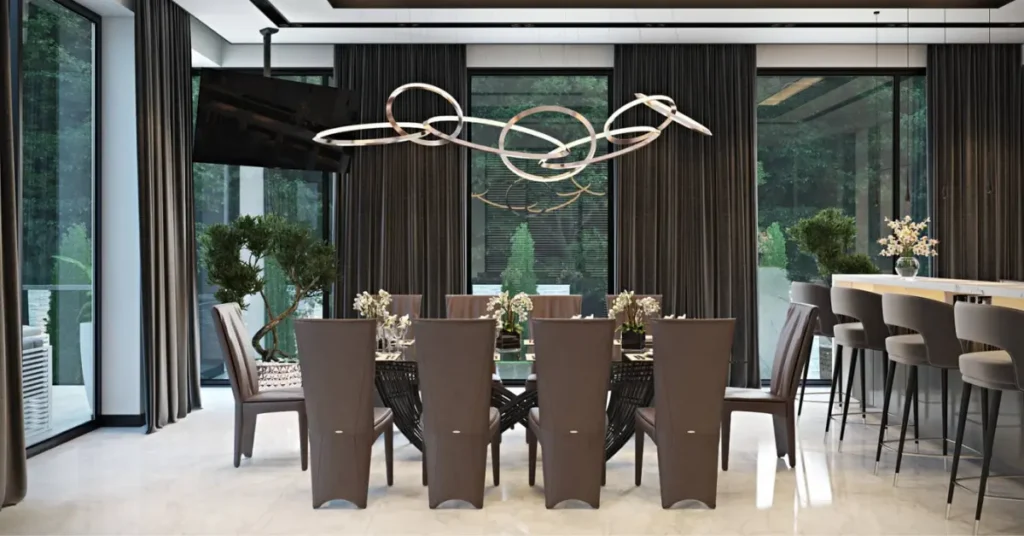In the realm of product design and marketing, visual representation plays a pivotal role in captivating audiences and bringing ideas to life. Enter photorealistic product rendering services, a cutting-edge technique that revolutionizes how products are showcased and conceptualized. Let’s delve into the intricacies of 3D rendering, exploring its benefits, workflow, and transformative impact on industries like never before.
What is 3D Product Rendering?
Imagine being able to visualize a product in stunning detail, from every angle and in various settings, even before it’s physically produced. That’s precisely what photorealistic product rendering services accomplish. It involves using specialized software to generate photorealistic or non-photorealistic images of 3D models. These rendered images, known as 3D renders, offer a lifelike representation of products, complete with color variations, textures, and intricate details.
Benefits of Photorealistic Product Rendering
The primary benefit of photorealistic product rendering lies in its ability to provide a comprehensive view of a product long before it enters production. Whether it’s exploring different color options, showcasing intricate design elements, or visualizing products in diverse environments, photorealistic rendering offers unparalleled flexibility and creativity. Marketers can leverage these visuals for early-stage advertising, manufacturers can fine-tune product designs with precision, and brands can gauge market interest through pre-selling strategies.
The 3D Rendering Workflow
The process of creating a 3D render involves several stages, blending technical expertise with artistic vision:
- Modeling: This stage entails creating a mathematical representation of the product in three dimensions using specialized 3D modeling software. Designers meticulously craft every detail, ensuring accuracy and realism.
- Texturing: Once the model is ready, textures are applied to simulate materials such as wood, metal, fabric, or glass. This step adds depth and realism to the virtual object, enhancing its visual appeal.
- Lighting: Crafting the perfect lighting scheme is crucial in photorealistic rendering. Designers strategically place virtual light sources to create shadows, highlights, and reflections, mimicking real-world lighting conditions.
- Camera Setting: Just like in photography, setting the camera angles and perspectives is key to capturing the product in its best light. Different views, including close-ups and cross-sections, can be explored to showcase various aspects of the product.
- CG Rendering: Using advanced computer software, the 3D models and scenes are rendered into high-resolution 2D images. This process transforms the virtual design into a realistic visual representation.
- Post-production: Finally, post-production editing and visual enhancements are applied using software like Adobe Photoshop. This step allows for fine-tuning details, adding effects, and creating polished final renders ready for presentation.
Transforming Industries with Photorealistic Rendering Services
From furniture and automotive design to fashion and architecture, photorealistic product rendering services have become indispensable across industries. They streamline the design process, reduce prototyping costs, and enable faster iterations based on feedback. Moreover, they empower creative freedom, allowing designers and marketers to unleash their imagination and deliver captivating visuals that resonate with audiences.
In conclusion, photorealistic product rendering services are a game-changer in the world of design and marketing. They bridge the gap between concept and reality, empowering businesses to visualize, refine, and showcase products with unparalleled clarity and impact. As technology continues to advance, the possibilities of photorealistic rendering are limitless, driving innovation and creativity to new heights.
